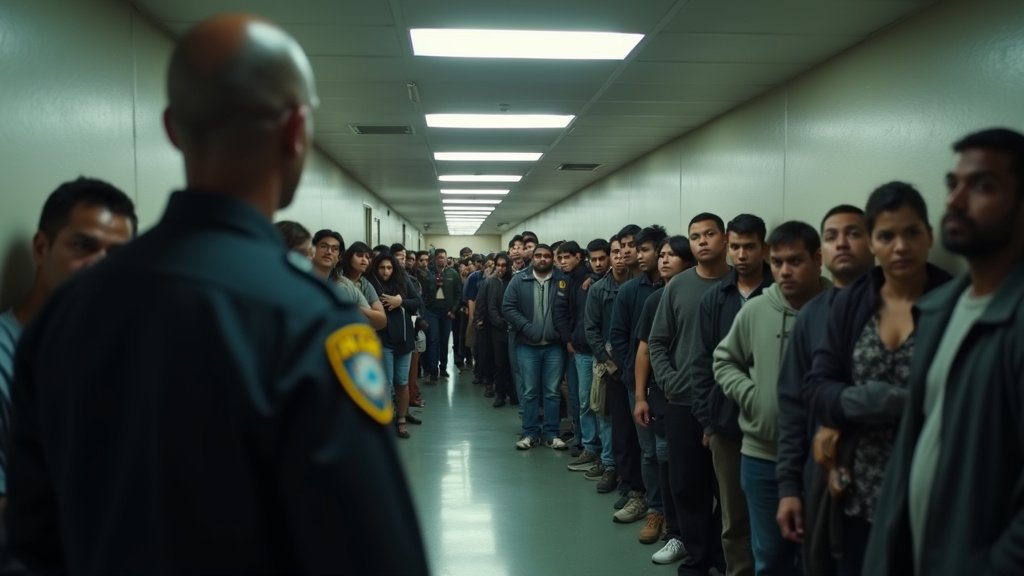As President Donald Trump navigates his second term, a notable shift has occurred in his presidential inspirations, moving from the tempestuous populist Andrew Jackson to the more reserved, yet economically assertive, William McKinley. This evolution in his chosen historical role models reflects a recalibration of his policy priorities and a deepening focus on economic nationalism and governmental control, themes that have been closely examined in analyses featured by publications like the Los Angeles Times.
During his first term, Trump frequently invoked the spirit of Andrew Jackson, the seventh U.S. president. Jackson, known for his fiery rhetoric, his challenge to established elites, and his expansion of presidential power, resonated with Trump’s populist appeal and his own confrontational style. Jackson’s presidency, characterized by direct appeals to the people and a willingness to defy Congress and established institutions, mirrored Trump’s approach to challenging the political establishment and what he termed the “deep state.” This alignment with Jackson underscored Trump’s initial strategy of positioning himself as a champion of the common person against entrenched political and economic powers.
However, as Trump enters a new phase of his presidency, the spotlight has shifted decisively to William McKinley, the 25th U.S. president. Trump has openly expressed admiration for McKinley, particularly for his embrace of protectionist trade policies, a cornerstone of Trump’s own economic agenda. McKinley, who served from 1897 to 1901, is closely associated with the McKinley Tariff of 1890, which significantly raised import duties, aiming to shield American industries from foreign competition. Trump has repeatedly praised McKinley for making the country “very rich through tariffs and through talent,” viewing his policies as a successful blueprint for national prosperity. This admiration has led Trump to champion tariffs as a primary tool for economic revitalization, a policy stance that echoes the “Tariff King” himself.
The historical context of McKinley’s tariffs, however, presents a complex picture. While these high duties did stimulate growth in certain protected sectors, such as tinplate manufacturing, they also led to increased consumer prices and sparked considerable political backlash. The unpopularity of the McKinley Tariff contributed to a significant Republican defeat in the 1890 midterm elections, demonstrating the potential economic and political risks of aggressive protectionism. Despite this, Trump appears drawn to the era’s emphasis on industrial strength and American economic dominance, often mythologizing the late 19th century as a golden age for American capitalism.
Beyond trade policy, Trump’s agenda also targets the federal workforce, seeking to reshape it with individuals loyal to his administration. This includes efforts to reclassify civil service positions, making them more susceptible to presidential direction, a move that aligns with Jackson’s use of the “spoils system” to reward political allies and consolidate power. By prioritizing loyalty, Trump aims to ensure his policy objectives are implemented without the bureaucratic friction he perceives from career officials. This strategy reflects a broader pattern of antagonizing perceived elites, a tactic employed by both Jackson and Trump to mobilize their base.
The shift from Jackson to McKinley signifies more than just a change in historical admiration; it indicates an evolving strategic focus for the Trump presidency. While Jackson represented a populist insurgency against the establishment, McKinley offers a historical precedent for a robust, interventionist economic policy centered on protectionism and national industrial growth. Recent news reports, including those from the Los Angeles area, have noted how Trump’s current policy pronouncements, particularly his aggressive stance on trade and his efforts to reassert American economic power, find a clear parallel in the McKinley era.
This presidential pantheon shift highlights Trump’s consistent theme of challenging established norms and prioritizing what he views as American interests above global cooperation. While Jackson provided the persona of the outsider fighting the elite, McKinley offers a framework for the economic policies Trump believes will restore American preeminence. The embrace of McKinley’s legacy, especially his tariff policies, suggests a second-term agenda that leans heavily on economic nationalism, a strategy whose historical outcomes, as seen in the McKinley era, were a mix of industrial growth and significant economic disruption, the long-term implications of which continue to be debated in contemporary news.





